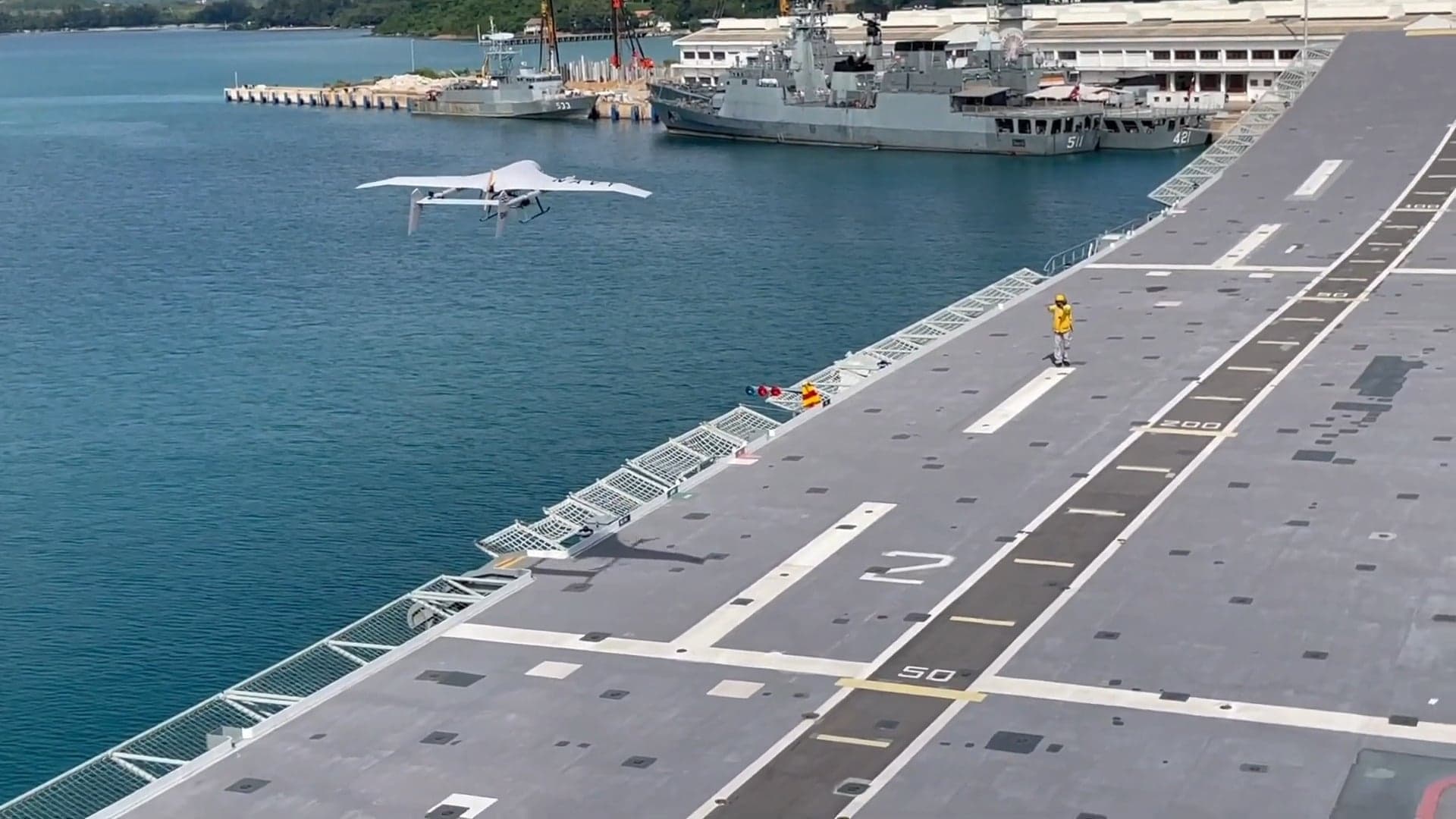Thailand Deploys Aircraft Carrier, Flotilla to Aid Flooded South
Thailand is sending the aircraft carrier Chakri Naruebet and a naval flotilla to southern provinces inundated by unprecedented seasonal rains, as authorities race to reach nearly two million people affected. The operation aims to provide medical care, meals and evacuation support, while the floods threaten infrastructure, services and the country’s important rubber sector.

The Royal Thai Navy dispatched the aircraft carrier Chakri Naruebet on Tuesday along with a flotilla of boats, helicopters, medics, field kitchens and supplies to southern provinces battered by unusually heavy seasonal rains and flash floods. Officials said waters rose as high as two metres in places, with Hat Yai and nine other provinces among the worst hit, and that the carrier could function as a floating hospital and field base capable of delivering thousands of meals per day.
Thai authorities estimated about 1.9 million people had been affected nationwide and at least 13 deaths were reported. Phone and water services were disrupted in some communities, complicating rescue and relief efforts. Emergency centers filled quickly as local governments coordinated evacuations and distributed essentials to families stranded by rising water.
Military and civil rescue teams focused on restoring access to isolated districts and evacuating vulnerable residents, while helicopters carried supplies and conducted aerial assessments of damaged roads and bridges. Local hospitals reported capacity strains as patients were transferred from flooded facilities. The carrier’s medical facilities and logistical capacity were seen as particularly valuable where land routes remained impassable.
Across the border in Malaysia, northern states also reported heavy rain and displacement, prompting Kuala Lumpur to mobilise rescue teams and order maximum relief efforts. Regional coordination has been limited, but the simultaneous emergencies underscored broader vulnerabilities in Southeast Asia during the seasonal monsoon period.
Beyond the immediate humanitarian crisis, officials and industry observers are monitoring potential economic fallout. Southern Thailand is a major area for natural rubber production and processing, and officials warned that output losses could follow from prolonged inundation of plantations, processing yards and transport links. Disruption to harvesting and shipment windows during a critical period could reduce supply volumes and raise costs for local producers and exporters.
Infrastructure damage is expected to be a major driver of recovery costs. Floodwaters have undermined roads and bridges in several provinces, forcing detours and slowing relief deliveries. Loss of basic utilities in some communities has required emergency water trucking and the installation of temporary power and communications equipment. The central government faces pressure to accelerate rehabilitation and to provide compensation to affected households and firms.
The scale of the event highlights a pattern of intensifying rainfall in recent years that complicates long term planning for agriculture and coastal communities. Economists say repeated extreme weather episodes can erode rural incomes, disrupt commodity markets and increase pressure on public finances as governments expand disaster response spending. For now, the focus remains on search and rescue, restoring services and using the carrier and naval assets to reach hard hit populations quickly. Recovery and economic assessments will follow once waters recede and damage surveys are completed.


